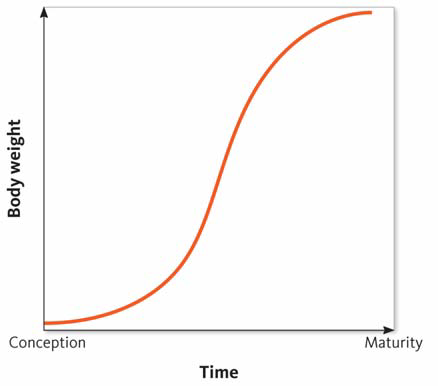Nerve cells have long thin extensions of their cell membrane called axons. The cell has to get mitochondria from the body of the cell all the way down to the end of the axon to provide energy for nerve signal transmission. What structure in a nerve cell
would be involved in moving the mitochondria, and how would it work?
What will be an ideal response?
Cells move organelles from one part to the other on microtubules, which act as rails. A mitochondrion would be attached to a motor protein, which is also attached to a microtubule, and this would carry the mitochondrion from the cell body to the end of the axon.
You might also like to view...
Ehrlich and Raven hypothesized that if a new defensive trait evolves in a single plant species (or if a new trait to counteract a plant's defenses evolves in an herbivore species)
the appearance of that trait could result in a period of species diversification. Their hypothesis is also referred to as: A. the "diverge and converge" hypothesis. B. the "reverse and diverse" hypothesis. C. the "emit and commit" hypothesis. D. the "merge and diverge" hypothesis. E. the "escape and radiate" hypothesis.
Based on this graph, does this organism exhibit determinate or indeterminate growth?

a. determinate growth
b. indeterminate growth
Explain why a microbe must be able to firmly adhere to the host tissues to cause disease
What will be an ideal response?
The fact that marsupials are not as diverse in South America as they are in Australia would be classified as what type of evidence for evolution?
A. biochemical B. anatomical C. molecular evidence D. biogeographical E. fossil record